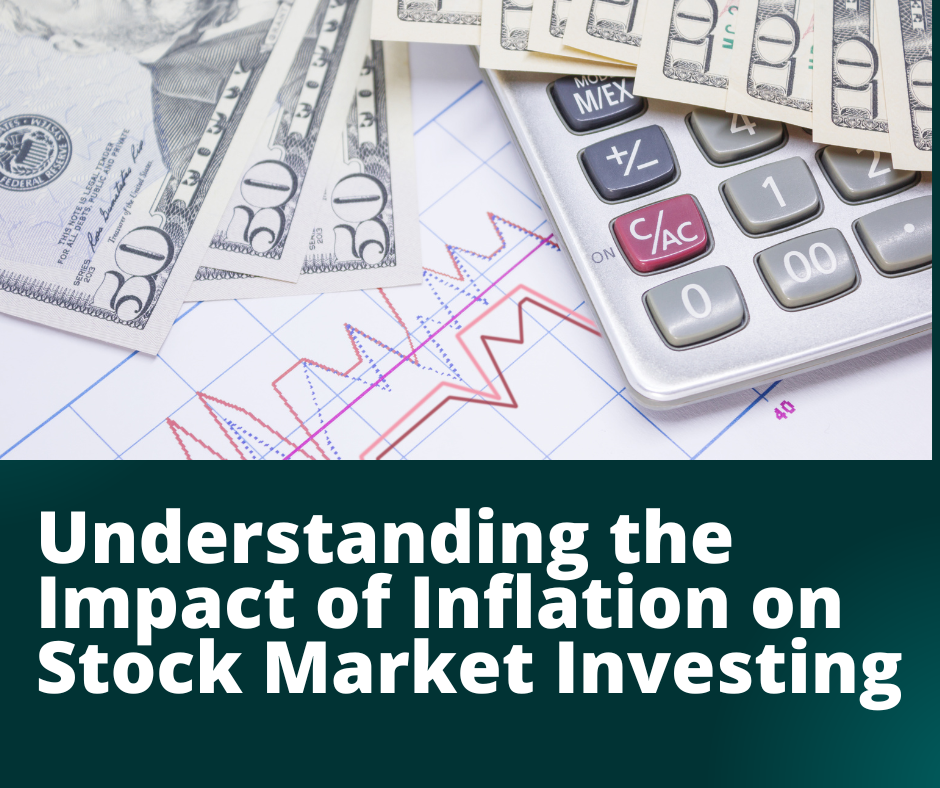
Inflation is a phenomenon that has been present in economies across the world for centuries. Inflation refers to the general increase in prices of goods and services over time, which causes the purchasing power of money to decrease. The impact of inflation is felt in several areas of the economy, including the stock market. In this article, we will discuss the impact of inflation on stock market investing and strategies that investors can use to protect their portfolios.







